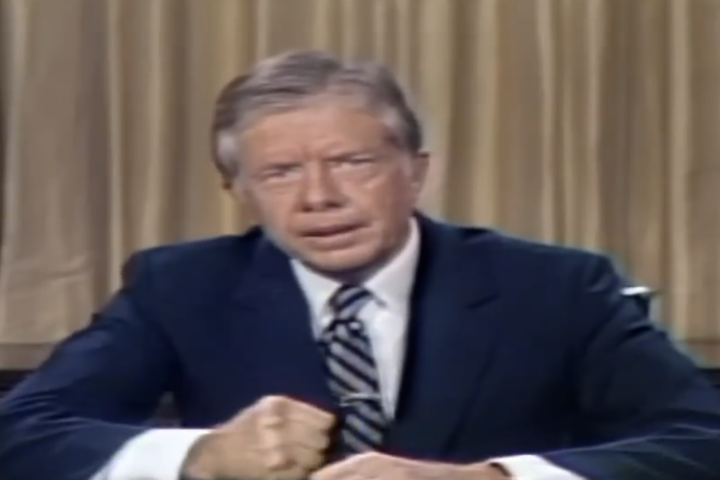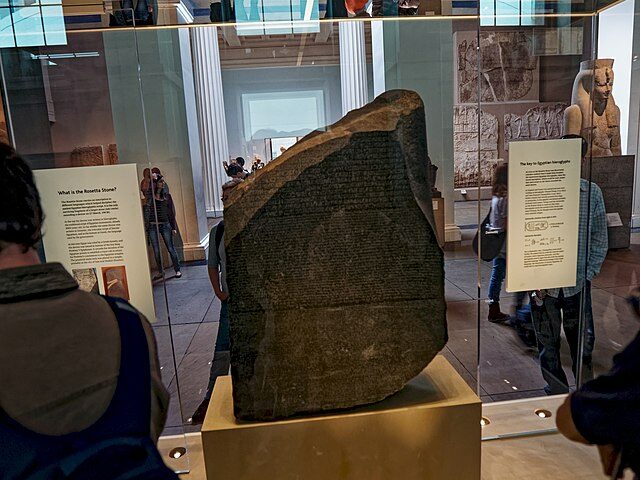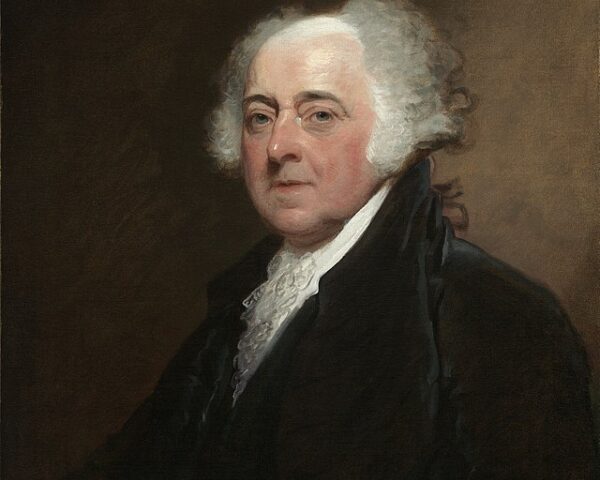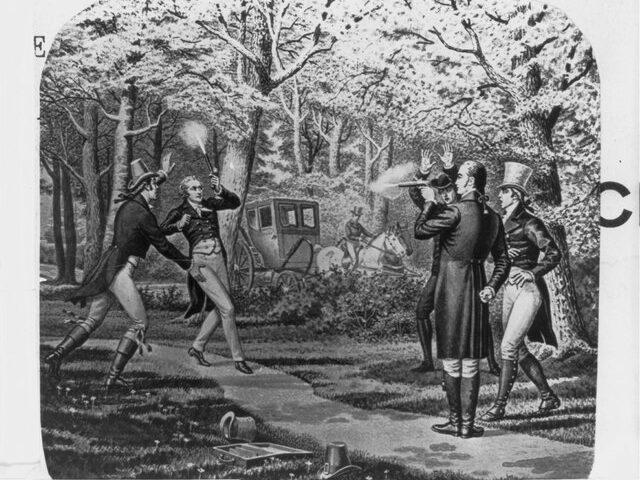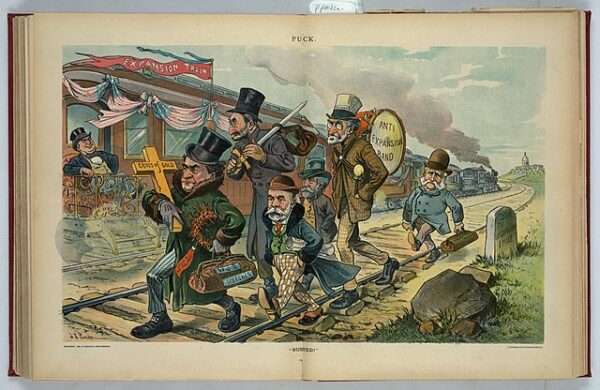The “Malaise Speech,” officially known as President Jimmy Carter’s “Crisis of Confidence” address, delivered on July 15, 1979, stands as one of the most notable and controversial orations in American political history. This speech encapsulates a pivotal moment in Carter’s presidency and offers a…
Read MoreOn July 15, 1799, during Napoleon Bonaparte’s military campaign in Egypt, a French soldier stumbled across a huge black stone with ancient writing near the town of Rosetta, about 35 miles east of Alexandria. Made of black basalt with the writing of an ancient…
Read MoreThe Alien and Sedition Acts were a series of four laws passed by the Federalist-dominated 5th United States Congress and signed into law by President John Adams on July 14, 1798. These laws were ostensibly enacted in response to the perceived threat of French…
Read MoreThe New York Draft Riots of 1863 were among the most violent and destructive events in the history of New York City. They occurred from July 13 to July 16, 1863, during a time of immense social, economic, and political turmoil in the United…
Read MoreThe Northwest Ordinance, adopted on July 13, 1787, established a government for the Northwest Territory, outlined state admission process, ensured equality with the original thirteen states, protected civil liberties, and banned slavery in new territories. The Ordinance would play a major role in the…
Read MoreOn July 12, 1862, during the heart of the Civil War, Congress authorized the Medal of Honor for the United States Army a few months following its initial creation for outstanding acts of bravery and heroism among sailors in the Navy by President Lincoln.…
Read MoreThe most famous duel in American history took place on July 11, 1804. This duel was the culmination of a long-standing and bitter rivalry between Alexander Hamilton, the first Secretary of the Treasury, and Aaron Burr, the then-sitting Vice President of the United States.…
Read MoreOn July 11, 1914, the Great Bambino, George Herman Ruth, made his major league debut with the Boston Red Sox at the young age of 19. Born February 6, 1895, in Baltimore, Maryland, Babe was the son of a saloon keeper. At seven, his…
Read MoreOn July 10, 1962, AT&T changed the way the world shares information, launching Telstar 1, the first active communications satellite. The launch highly-anticipated launch captivated people across the globe. As the Delta rocket thundered into the sky from Cape Canaveral, Florida, everyone held their…
Read MoreThe “Cross of Gold” speech, delivered by William Jennings Bryan on July 9, 1896, at the Democratic National Convention in Chicago, remains one of the most renowned orations in American history. The speech catapulted Bryan to national prominence and secured his nomination as the…
Read More

